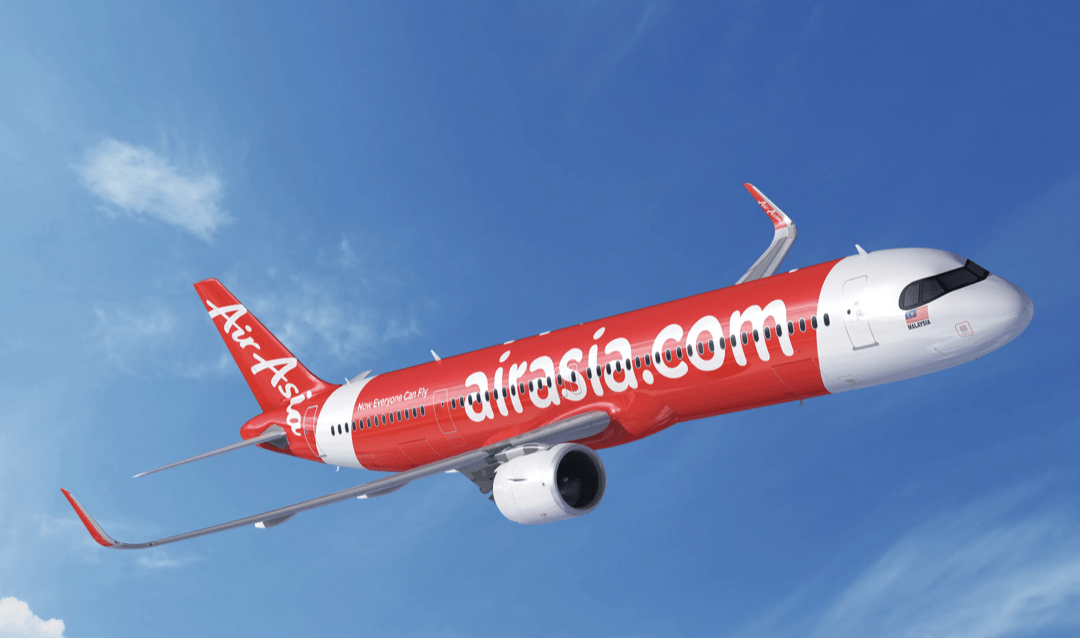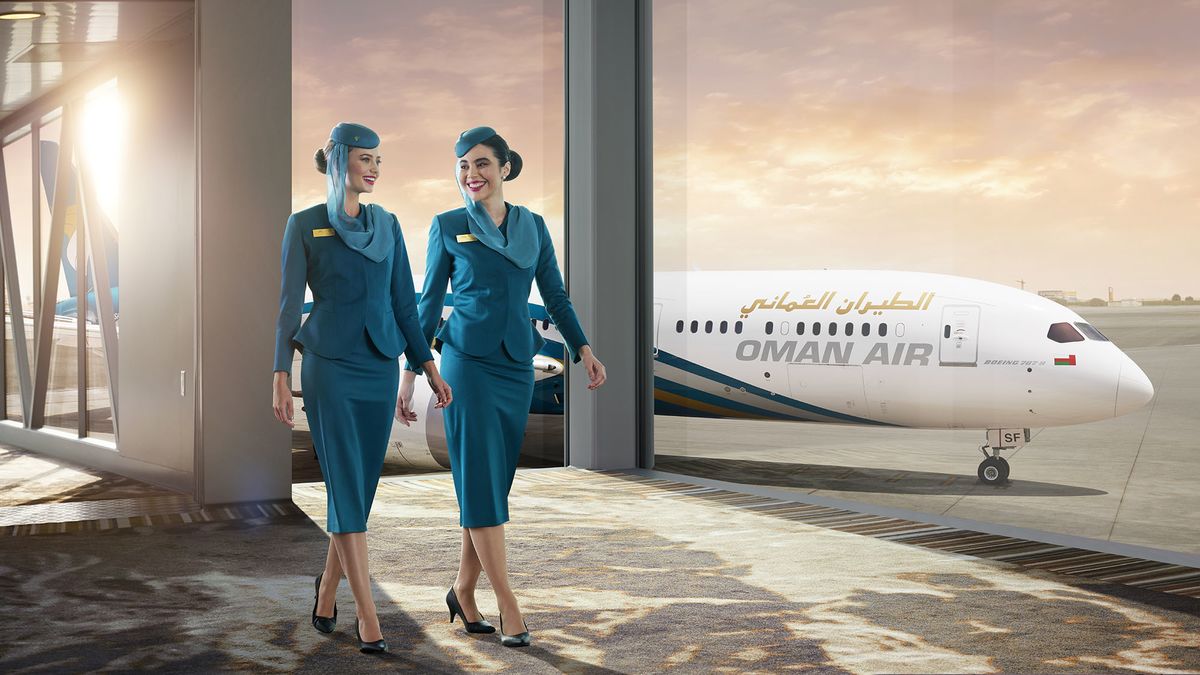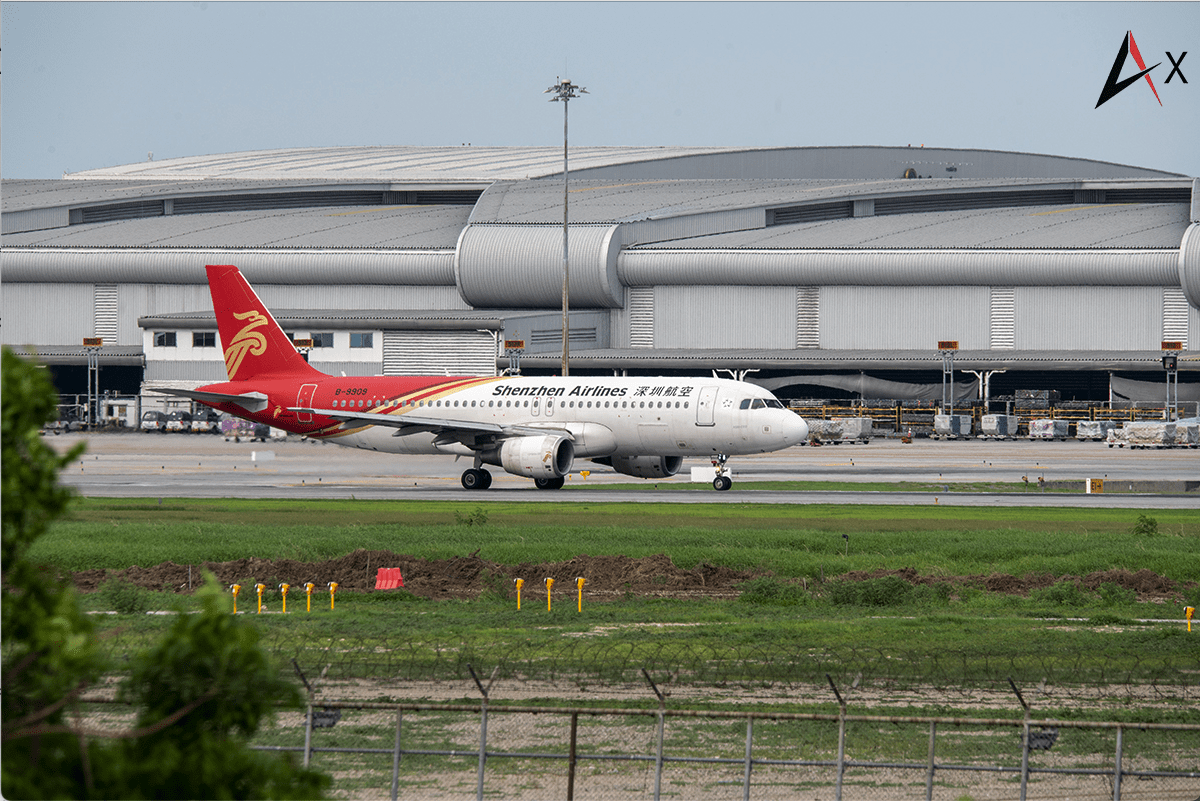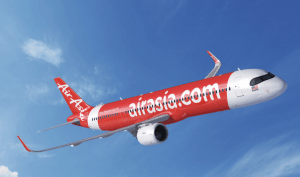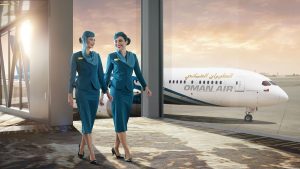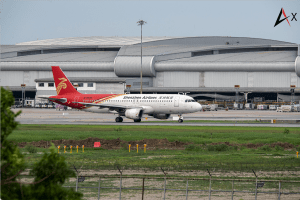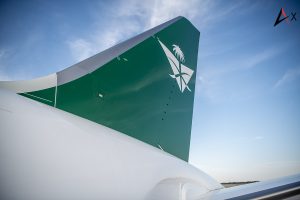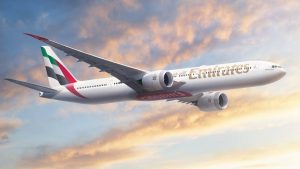In the near future, AirAsia plans to operate flights from Southeast Asia to Europe and the US, marking a significant milestone as the world’s first low-cost airline to order narrow-body aircraft for such routes, with a landmark agreement to purchase 70 Airbus A321XLR planes.
On July 4, AirAsia signed a Memorandum of Understanding in Paris to acquire 70 Airbus A321XLR aircraft, intended to support the expansion of its global low-cost network, with Kuala Lumpur and Bangkok emerging as key aviation hubs.
Tony Fernandes, Advisor and Steward of AirAsia, shared during a Zoom interview with around 20 journalists, including one from Khaosod English, that he has harbored a dream for the past 23 years: “My dream was to enable everyone in ASEAN to fly.”
He now aims to make it possible for people within ASEAN to fly cheaply to Europe and the US in the near future. When asked how much cheaper these flights might become, Fernandes estimated they could be 30 to 40 percent less expensive than traditional airlines, potentially even 50 percent cheaper.
His goal, Fernandes explained, isn’t to compete for market share but to open up new travel opportunities for people who previously couldn’t dream of flying to these destinations, emphasizing the enormous potential of this development.
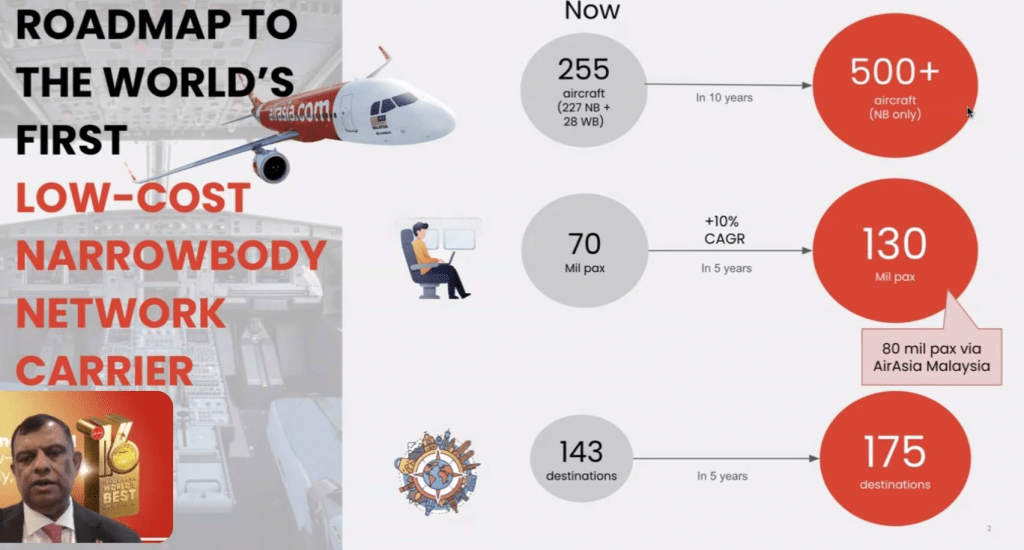
The key advantage lies in utilizing these new narrow-body aircraft, which can fly up to nine hours and are more fuel-efficient. They will connect Southeast Asian airports in Bangkok and Kuala Lumpur with the Middle East, facilitating onward flights to Europe towards the west. For eastward travel, passengers can fly from Southeast Asia to Taiwan or Japan, then transfer to a network hop to the US.
According to Fernandes, “really, the world is our oyster now,” highlighting the vast opportunities these new routes and aircraft can open up.
He also explained how these planes, expected to be delivered starting in 2028, will impact low-cost air travel from Thailand. It is anticipated that Phuket and Chiang Mai airports will see many direct flights connecting these Thai airports with cities in India and China.
Fernandes emphasized that his conviction is rooted in AirAsia’s core strength—offering low-cost flights. “I don’t think we’re a premium seller,” he said, expressing his belief that the airline’s future global network will be entirely economy class, serving travelers all around the world.

The airline stated that the A321XLR will enable it to operate longer-range, underserved routes more efficiently, including to Central Asia, the Middle East, and Europe. Their goal is to carry 150 million passengers annually by 2030, with a total of 1.5 billion since the airline’s inception.
The A321XLR aircraft offers up to 20% lower fuel consumption per seat, enhancing operational efficiency and supporting the group’s environmental performance goals.
The deal for 50 A321XLRs, with options for an additional 20, is valued at USD 12.25 billion. This significant purchase is a strategic move to become the world’s first low-cost carrier with a narrow-body network, anchored by a multi-hub strategy. The aircraft are expected to be delivered from 2028 to 2032.
A signing ceremony for the Memorandum of Understanding was attended by the Malaysian Prime Minister Anwar Ibrahim and several Malaysian Cabinet Ministers. The agreement represents a major step in AirAsia’s vision to transform into a low-cost network carrier, fostering exponential growth by connecting beyond ASEAN. Fernandes emphasized that after providing opportunities within Asia, the airline now aims to showcase ASEAN to the world and vice versa, with the A321XLR and A321LR playing crucial roles in this mission.
Christian Scherer, CEO of Airbus Commercial Aircraft, expressed support for the initiative, noting that the agreement marks a new chapter of growth for AirAsia. He mentioned that the aircraft will facilitate fleet efficiency and enable the airline to launch non-stop routes connecting primary and secondary cities globally, thereby opening new opportunities for route expansion and network connectivity.
